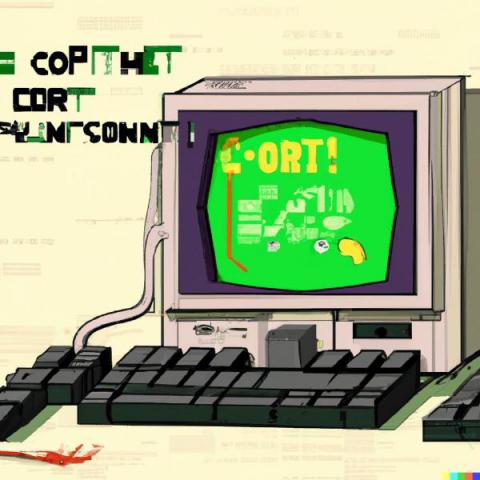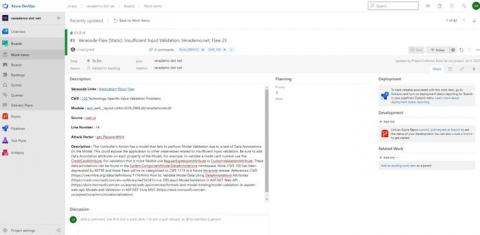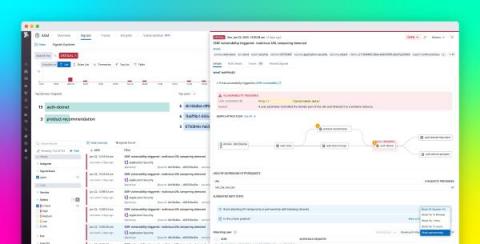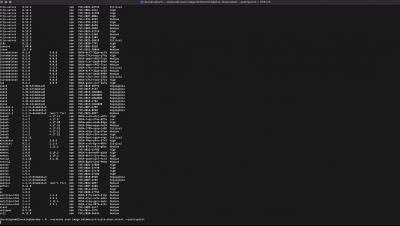Security | Threat Detection | Cyberattacks | DevSecOps | Compliance
Application Security
The latest News and Information on Application Security including monitoring, testing, and open source.
How to Easily Generate An Accurate Software Bill of Materials (SBOM) with Black Duck | Synopsys
How to integrate continuous API fuzzing into the CI/CD?
API security is a growing concern for businesses that offer or consume APIs. APIs, or application programming interfaces, allow different software systems to communicate and exchange data. They allow businesses to build integrations and connect with partners, customers, and other stakeholders. However, as more sensitive data is being shared through APIs, it is essential to ensure that these interfaces are secure and protected from unauthorized access or manipulation. In this blog post, we'll discuss how continuous fuzzing can be a powerful tool to secure APIs and how developers can adopt a "secure by default" approach by integrating continuous fuzzing into SDLC processes.
AppSec Decoded: Open source trends uncovered in the 2023 OSSRA report | Synopsys
SAST Tools: How to Integrate and Scale Security Workflows in the SDLC
Static Application Security Testing (SAST) tools present a significant opportunity for organizations looking to reduce application security risk. However, not all workflows or tools are created equal. Using the right SAST tools at the right times, you can seamlessly integrate and scale security workflows throughout the software development lifecycle (SDLC).
The CISO's Guide to Application Security Innovation
Threat actors operate by an ironclad rule: If it’s important to businesses, it’s important to them. And they certainly understand the crucial business role of applications. Applications are now the number one attack vector, while software supply chain attacks increased 650 percent in a year. Clearly, if you don’t already have a modern application security program, you need to build one. But how do you make sure that your program will be effective?
Block attackers in your apps and APIs with Datadog Application Security Management
Securing modern-day production systems is complex and requires a variety of measures—from secure coding practices and security testing to network protection and vulnerability scanning. Scaling these solutions to keep pace with the speed of development teams can be difficult, resulting in sprawling workflows and disparate sets of tooling.
Building a Modern AppSec Strategy: How to Secure Applications
Threat actors today are increasingly targeting the application layer, driving significant challenges for companies using traditional application security strategies. To defend themselves against the rapidly evolving threat landscape, organizations need to build a modern AppSec strategy that addresses these fast-changing conditions. But how?











